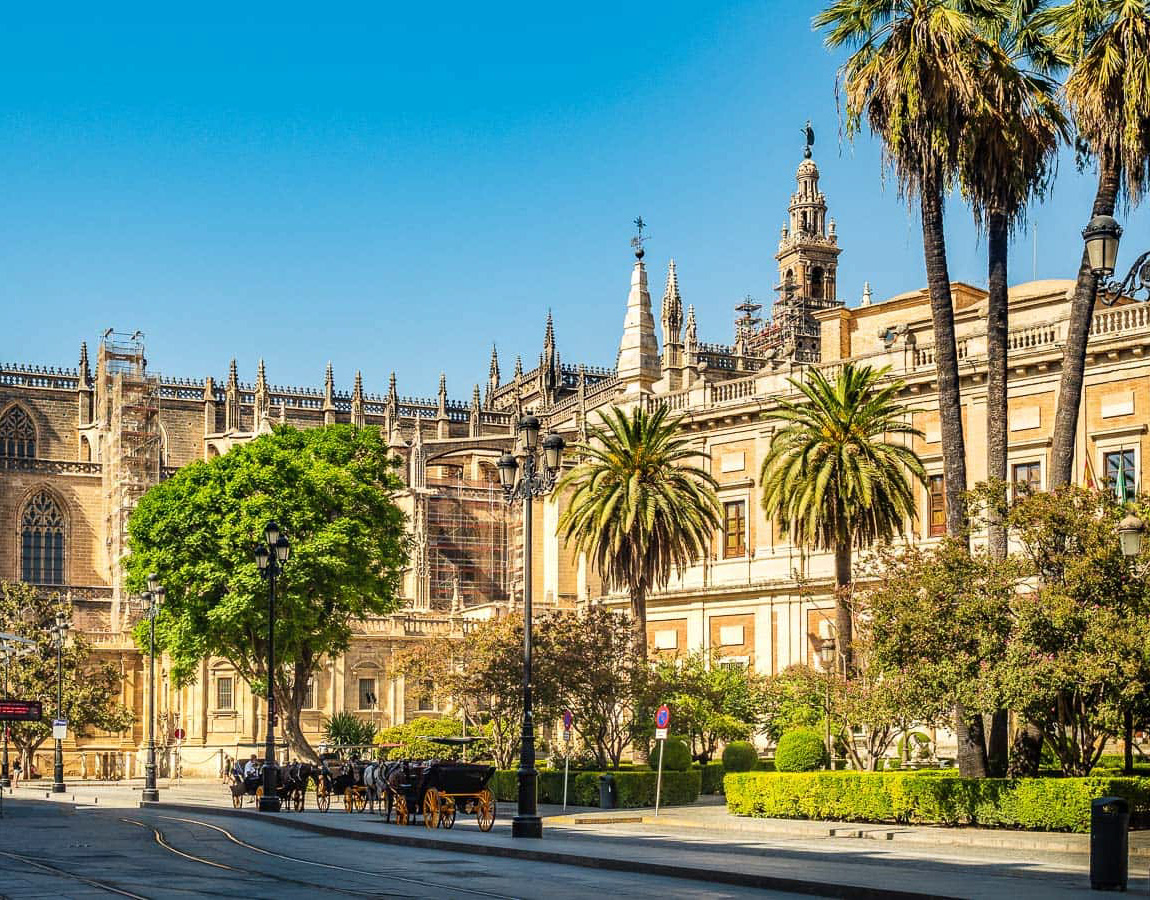The Organ loft at the back of the Choir of the Cathedral of St Mary of Toledo
The city, lodged in a bend of high cliffs over the river Tagus, has been a fortress since Roman times and later an important royal city of the Visigoth kings and a seat of learning and art under the Umayyad Caliphate of Cordoba from the 8th to the 11th centuries.
The city fell to the Christians in the late 11th century Reconquista but flourished in the 15th century when the "Catholic Monarchs", Ferdinand and Isabella, who reunited the Iberian peninsula under one joint Kingdom remodelled the magnificent 13th Century gothic Cathedral of St Mary of Toledo and endowed it with many of the fabulous riches that Spain took from its Colombian territories in the New World.
We spent several hours in the Cathedral -- until the experience became a bit overwhelming -- and in the the Mudéjar-style cloisters, packed with gold altar vessels, giant monstrances and with art treasures (including Velasquez and El Greco). The ambulatory vaults of the Cathedral, behind the main altar, are remarkable rococo additions filled with dramatic light
Later we wandered, in a blazing August heat, down to the parks on the cliffs above the River to rest under pepper trees where the breeze and the respiration of the trees lowered the temperature by (possibly) 10 degrees.
Please download the PDF book to view the full-size images (here). Please set your PDF reader on your computer or tablet to ‘full-screen’ or ‘slideshow’ for the best experience.









